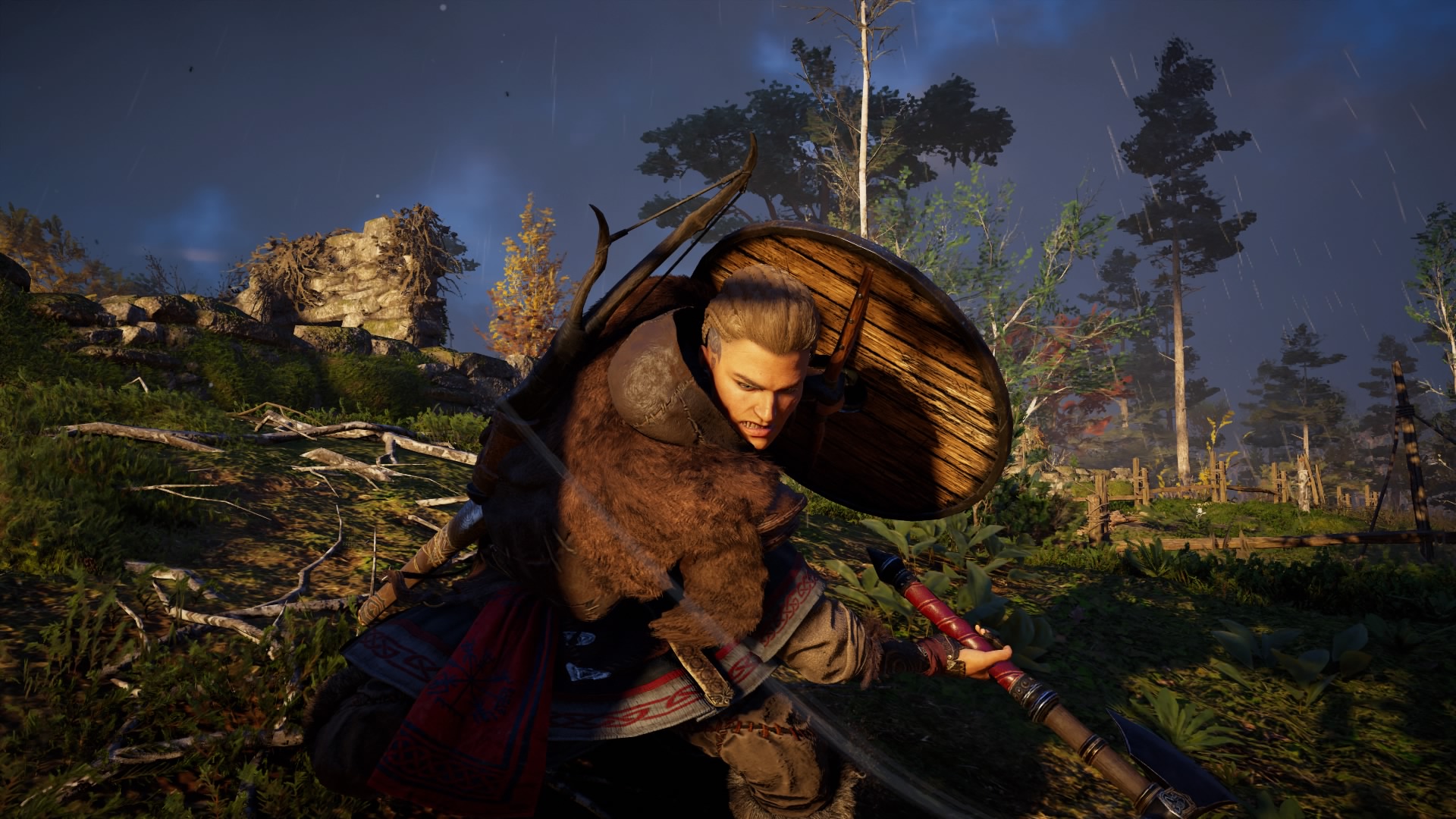Initially, I fell absolutely in love with Assassin’s Creed Valhalla. It’s detailed character building, challenging combat and lack of hand holding made it seem less like the latest string of Assassin’s Creed games and more like something new.
The more I played it, however, the more I started to notice this was an Ubisoft game.
The Setting of Assassin’s Creed Valhalla
AC Valhalla puts you in the controls of a Viking warrior, Eivor, who like in Odyssey can either be played as male or female. You start out at home, and have to run around like a little Viking child while everybody around you gets drunk, and later, slaughtered.
That sets the tone for the rest of the game pretty solidly. AC Valhalla strikes a noticeably darker tone than Odyssey and Origins, despite the fact that it has much more humorous antics in the form of Viking rap battles (Flyting), stories of conquest while you sail along the streams of the world, and everybody wanting to get drunk.
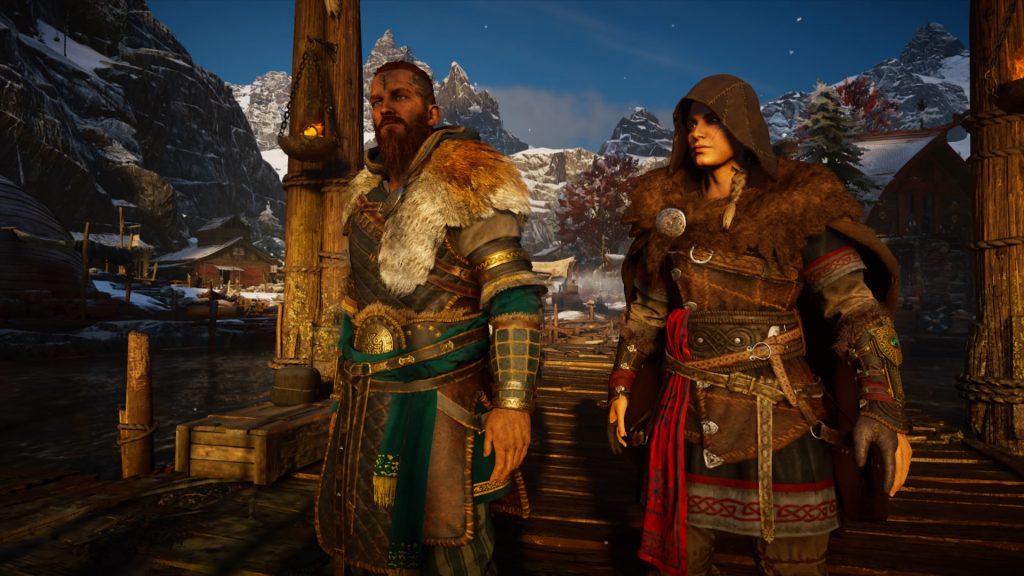
You’ll see a lot of death, sadness and strife in Valhalla, with a more plausible feeling than you would in Odyssey and Origins.
And then you get the Hidden Blade.
With no real substantial setup, you’re now an assassin.. Sort of. They give you the blade, walk you through some of the important bits, and then you’re off to do whatever you like. This is completely different from previous entries in the series, and really is much more of a departure storyline-wise from previous entries. At least, it is early in the story; no spoilers here.
You’ll also be forced out of Viking-stabbery to do real-world crap much like previous entries, but that’s to be expected.

Still, you do get a spotting bird like Origins and Odyssey, but in this case, there is no automatic marking of enemies. Your raven flies around like usual, but you’ll have to manually mark everything you want to mark. This is actually a GOOD thing, however; rather than having a magic idea of where everybody is, you’ve got to account for people moving around.
You’ve got the ability to see your foes and the like through the magic vision that has become commonplace in AC games, as well as a skill that’ll reveal enemies behind stuff while you’re crouching and unnoticed automatically, but you’ll still want to be very aware of your surroundings.
To stab, or not to stab, in AC Valhalla
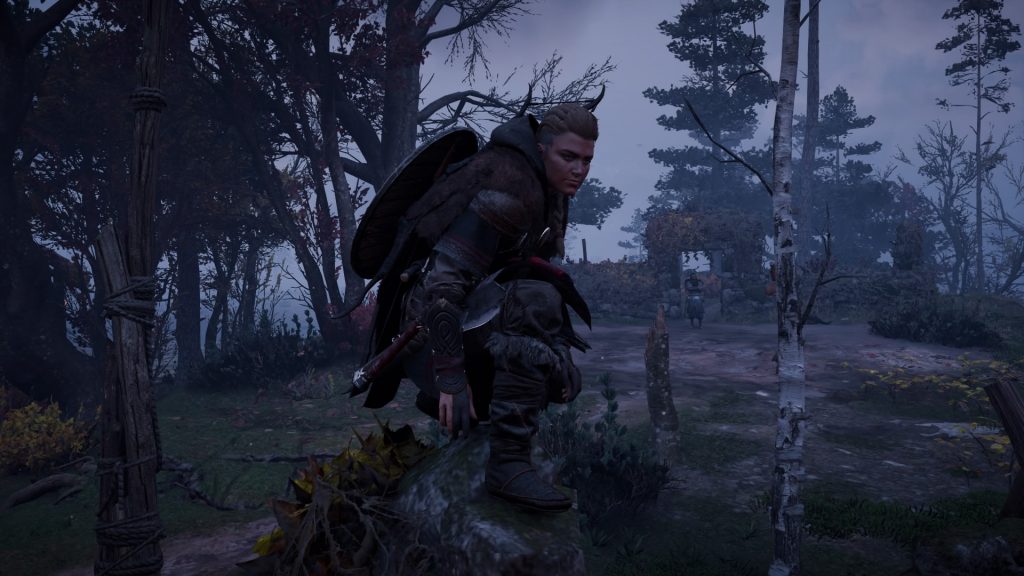
Valhalla continues what Odyssey set up: The idea of playing however you like (along with group combat). Play a stealthy character and you’ll find the game much more challenging than previous entries. Not only are the stabby skills much more limited this time around, you’ll also find that taking out enemies requires a lot more effort in the form of luring to ensure you don’t end up just bashing your way through after your first foray into taking an enemy patrol.
Social stealth is interesting, but more a gimmick than a solid mechanic. There are times where it is important to utilize, and even fun, but it just doesn’t feel like it fits here. Not to mention the fact that you look like a walking piece of fecal matter with the hood up.
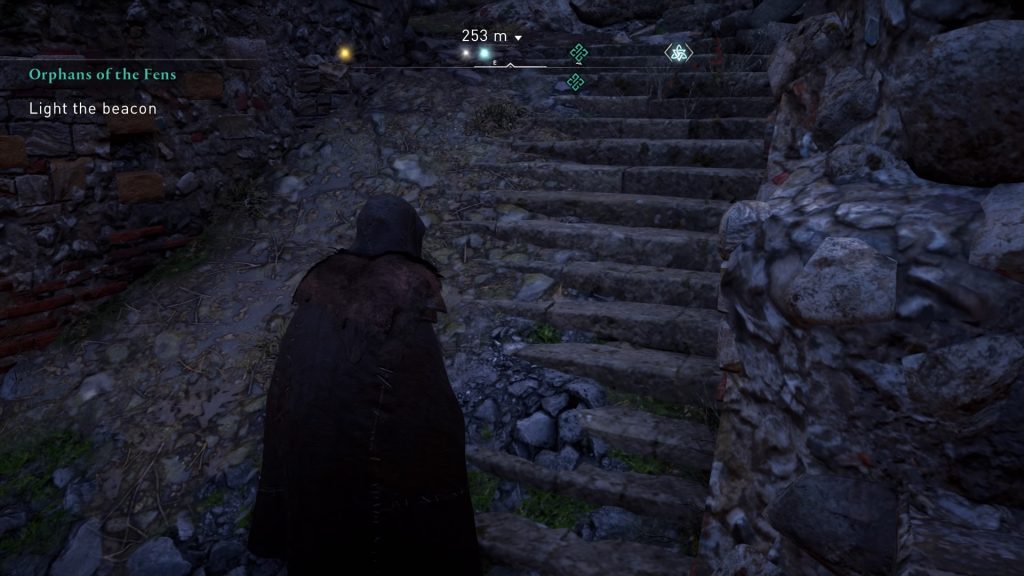
Stealth is a core mechanic of any AC game, but you won’t be able to JUST be stealthy; no matter what, you WILL need to get down to combat, Viking-style. This is especially true of raids and boss fights. Boss fights are, unfortunately, unwilling still to embrace stealth. Raids, on the other hand, make it seem like you can do everything yourself stealthily.. Until you need to get into a barricaded building to finish the job, which will be every raid you do. I can’t tell you how many times I relished the challenging stealth of clearing a location myself, only to eventually have to call in my crew because there isn’t any way to creep into a location’s fortified building to finish the raid alone.
And that is where it all starts to go down hill.
Combat, though challenging, is a bit rough
For whatever reason, Assassin’s Creed has branched into a more traditional RPG role in that it tries to bring combat mechanics to the forefront outside of standard stealthy assassination. In regards to Valhalla, they’ve setepped this up even further. You’ve now got to manage stamina, your swings, and when to parry or dodge much more strictly than before (well, previous entries didn’t have stamina, but that’s sort of my point).
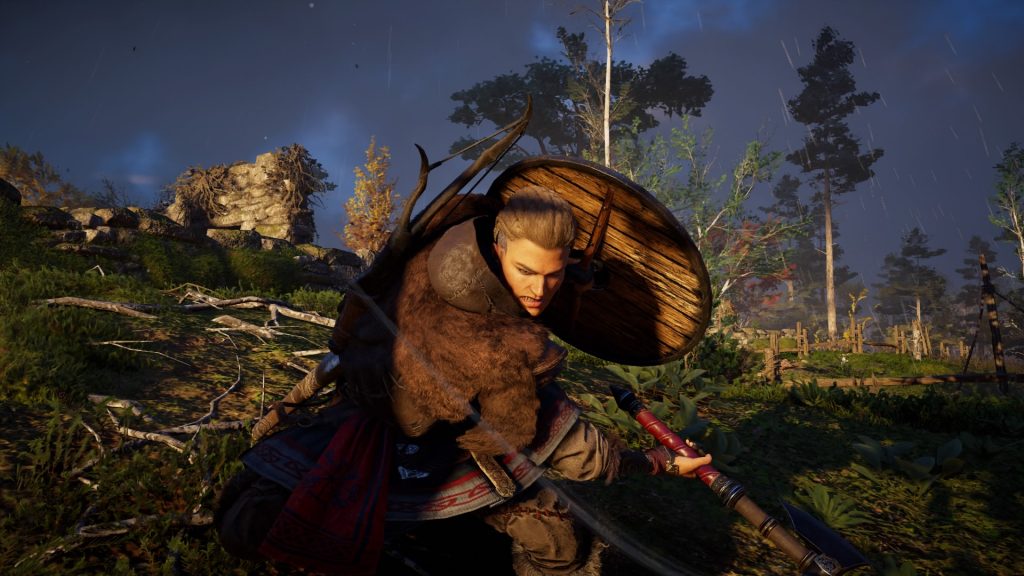
The problem is it’s an adaptation of previous entries, and it feels a little rocky occasionally. Locking on works.. Sort of. You’ve got to be within a certain range for it to actually work, making combat against archers a mixed bag. I still have yet to figure out how it chooses targets for me; sometimes it’ll flip me around after finishing a foe to target someone else close-by, other times I can be surrounded by enemies, but it’ll grab the one facing me, vs. the closest.
Ability recharges are nice and all, but it feels like there aren’t as many interesting entries in handling actual combat itself, and they sometimes don’t seem to work well. I find myself mostly focusing on swinging my axe than using any of the special abilities, despite how cool they sound.
RPG mechanics continue to grow in the AC series
At first, I thought it was interesting that you had to hunt down books to learn (some) new combat abilities. Others are unlocked through a Skyrim-style skill tree that reveals itself as you unlock skills, filling the space between major skills (such as chain assassination, which is much more limited than previous entries) with little percentage boosts to various combat stats. This is.. Complex. It makes coming up with builds more challenging, and not in a good way. At least you can easily reset individual skills to change your build at any time, for no cost, so if you’re concerned about wasting skills.. Don’t. You can explore the entire tree easily without having to worry about whether you’ve gimped yourself later on in the game.
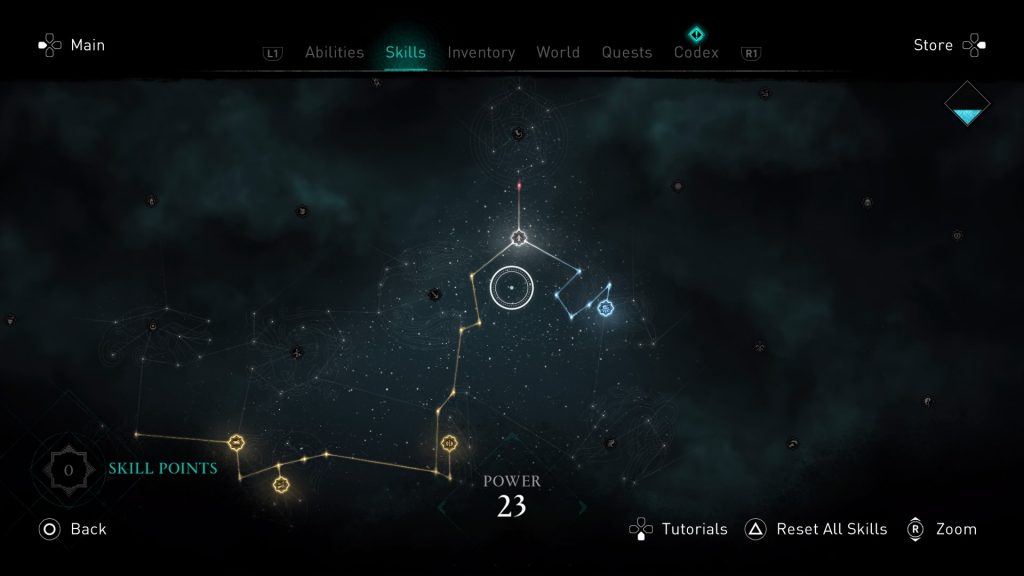
Then, we come to your Power Level. This is a secondary “level” that is based on your overall skill investment, sort of like a gear score but without factoring in the gear. This, in my opinion, just adds another layer of complexity that really doesn’t need to be there.
Speaking of gear, it is much more limited, acting more like Horizon Zero Dawn’s implementation of gear and upgrades than other entries in the series. This is great because if you find a set of gear or weapon you like, no problem. Keep upgrading it. Like to really customize your character’s gear, though? That’s less practical. Though we have runes we can slot in to add extra bonuses, you’ll be hampering yourself by not equipping full sets of gear, which will provide bonuses once you’ve got the entire set equipped.
Oh, yeah. We get the gimmick of being able to dual-wield shields, but.. Why?
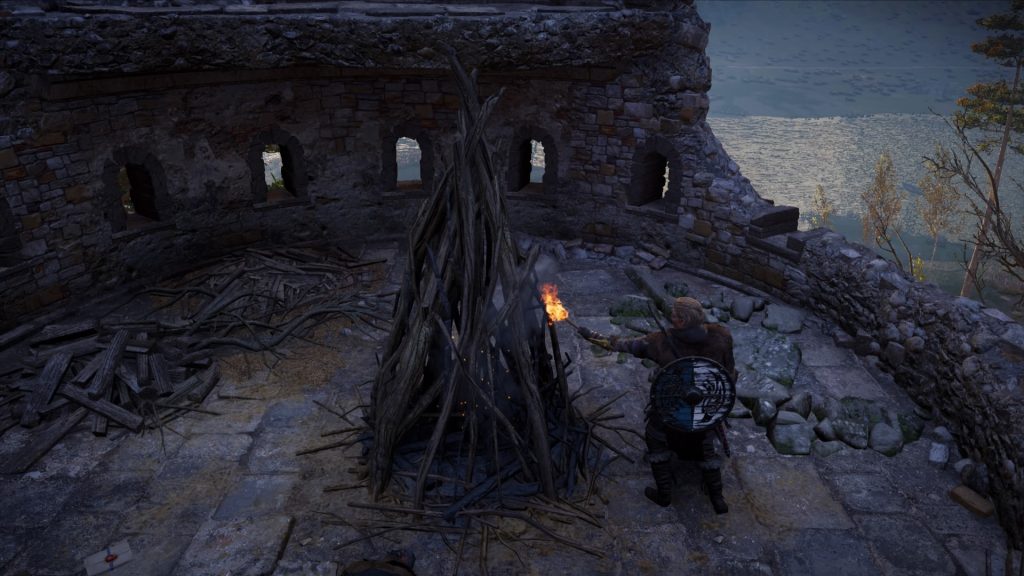
Grinding is a bit of a problem here depending on your playstyle. You’ll need to do raids, hunt down materials and more, especially to upgrade your settlements. Unlike Fallout 4, however, you’ll definitely need to do this to progress.
The Ubisoft Touch isn’t spared with AC: Valhalla
Ubisoft has a bad habit of releasing games that are either missing core features that get added later, and/or releasing very buggy games.

AC: Valhalla, so far, has had nothing game-breaking for me (at least, on the PS4), and features-wise, it’s not bad. Still, it is buggy. On the PS4 version (because you folks don’t click enough ads, I don’t get a PS5 just yet) performance is pretty strained, but still playable. Dialog sync issues abound, however, and I even had multiple times where a character’s audio would just.. Pause. It would resume within 1 second, but then it might be cut into by another character’s dialog. That was just weird, and made it hard to follow sometimes if you don’t have subtitles enabled.
Load times are just a bit ridiculous, but I’m on a PS4, so it gets a pass.
I also noticed numerous animation bugs throughout, such as characters limbs just vibrating wildly.
Uncanny valley stares are par for the course here; It may look better on PS5/PC, but the eyes are just.. Disturbing.
Photo mode is great, but apparently there is a rather glaring bug in which your screenshots won’t save if you use the “Take Photo” button built into AC: Valhalla’s photo mode.. Which means I had a much more limited set of screenshots to use in this review. Pro-tip: Just use the PS4 screenshot utility.
Finally, movement is sluggish, much like how Breakpoint started out. You feel like a lumbering ox, rather than a limber assassin, when moving around on foot. Combine that with touchy triggers on interactions (being too close to people or objects means you can’t trigger them) and you’ve got a recipe for frustration that will hopefully be resolved soon.
Final thoughts on Assassin’s Creed Valhalla
You may be reading this and thinking that it’s a bad game.
Well, it’s not. It’s just not an Assassin’s Creed game, really. It’s more like an offshoot of Odyssey, or perhaps even an alternative-universe Skyrim that includes the hidden blade and some detailed stealth mechanics.
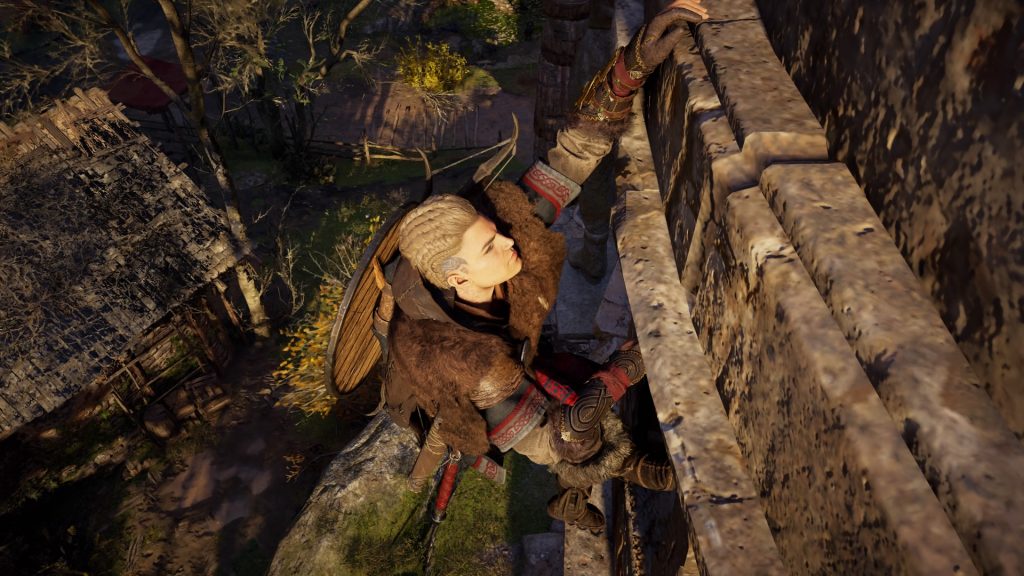
Should you get it? If you want to play as a Viking who can also stab people stealthily, absolutely. If you like Souls-like combat but don’t want it to be too punishing (as well as have plenty of difficulty options), yes, certainly. The game is fun, challenging, and had a good amount of variety to keep you entertained while exploring the world.
If you’re looking to revisit the experience of classic Assassin’s Creed games, stay away from Valhalla. If you’re looking for a sequel to AC: Odyssey or Origins, get Ghost of Tsushima instead.
